

|
|
|


|
|
1/12 Scale Nitro Truck/Truggy:
Kyosho Racing Pajero - 3039
|
Released by Kyosho in 1987, the Racing Pajero - # 3039 - was based on the 1/12 Scale Rough Road 10 Engine Series chassis, and came as an unassembled kit, with an unpainted clear lexan Bodyshell, an Enya .09 Engine, and semi pneumatic block tread Tires. A Radio System to be purchased separately.
A second model kit, the Racing Montero - # 3037 - with the same chassis, was also produced.
The chain system drive 2WD model is based on a molded plastic tub chassis, with a gear type differential, coil spring over oil filled dampers, diecast alloy trailing arm suspension, dogbone drive-shafts and bushings.
Check out our Kyosho Archive for other Vintage RC models.
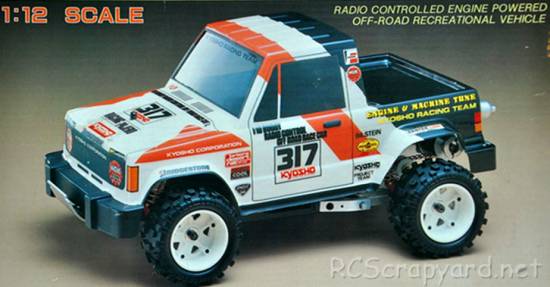
To get the best from the Kyosho Racing Pajero, it needs to be fine tuned, to provide precise steering response and improve grip when cornering, so you don't slide off the track. Small changes can make huge advancements and our easy to understand guide will help you to the optimum Set-up for your individual driving style.








|
|
|

★ Kyosho Racing Pajero - 3039 ★
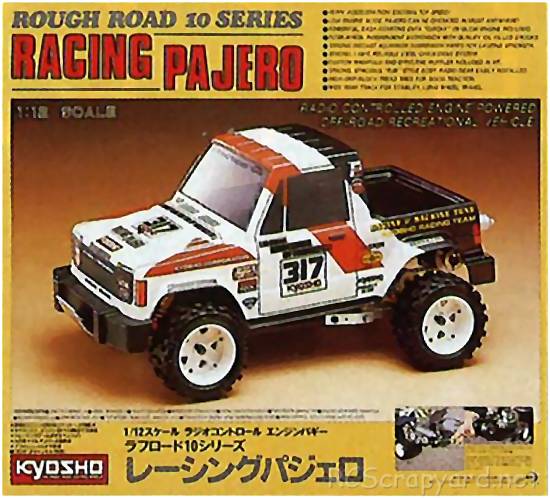
★ Kyosho Racing Pajero - 3039 ★
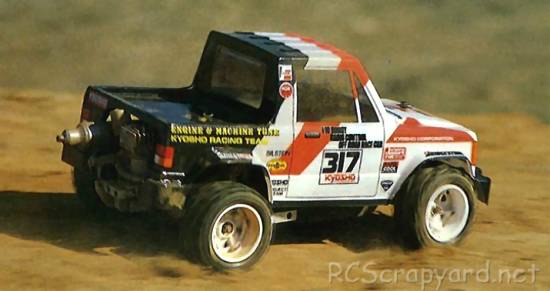
★ Kyosho Racing Pajero - 3039 ★
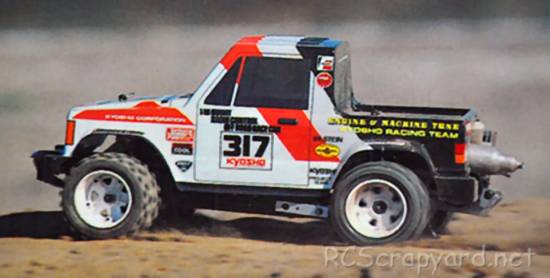
★ Kyosho Rough Road 10 Engine Series - Chassis ★
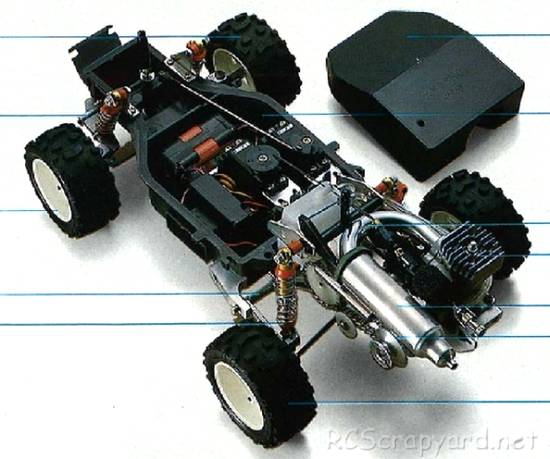
★ Kyosho Rough Road 10 Engine Series - Chassis ★
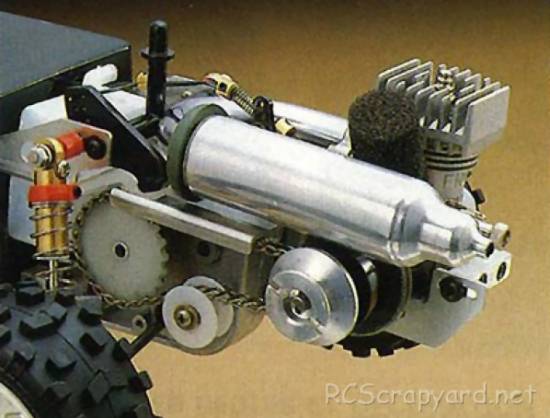
★ Kyosho Rough Road 10 Engine Series - Chassis ★
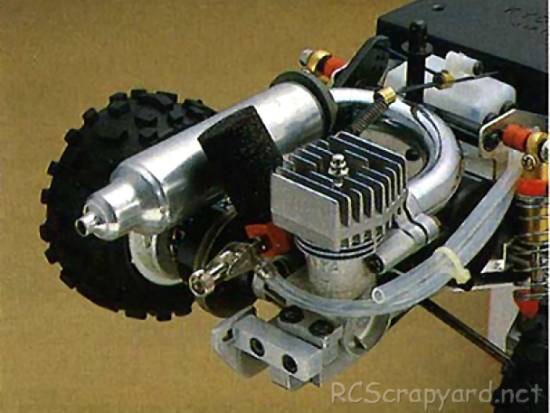
★ Kyosho Rough Road 10 Engine Series - Chassis ★
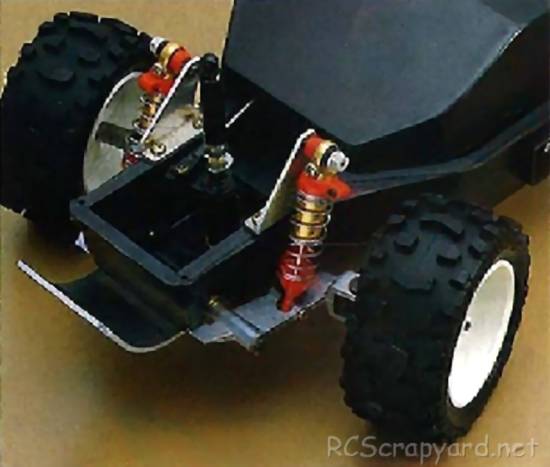
★ Kyosho Rough Road 10 Engine Series - Chassis ★
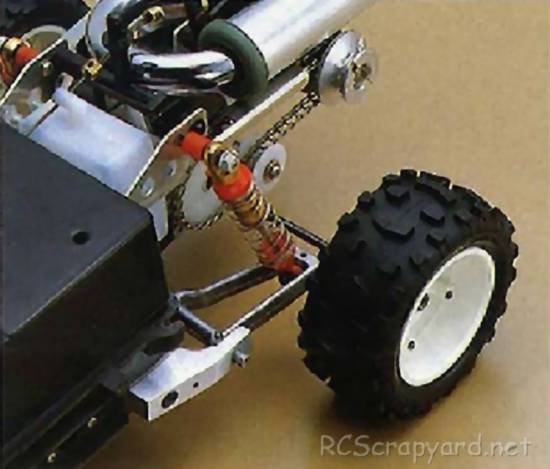
★ Kyosho Rough Road 10 Engine Series - Chassis ★
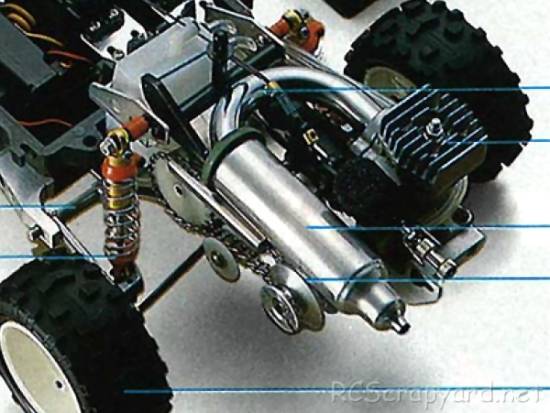
★ Kyosho Rough Road 10 Engine Series - Chassis ★
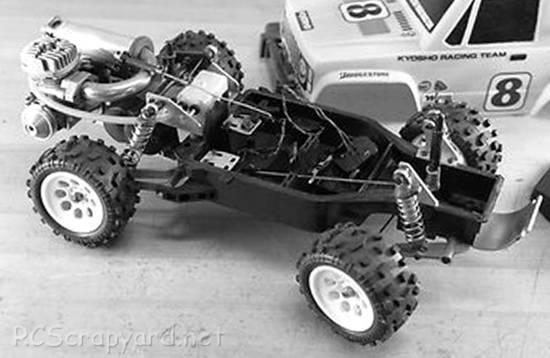
★ Kyosho Rough Road 10 Engine Series - Chassis ★
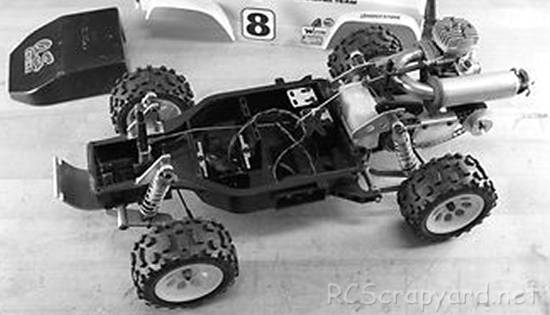
★ Kyosho Rough Road 10 Engine Series - Chassis ★
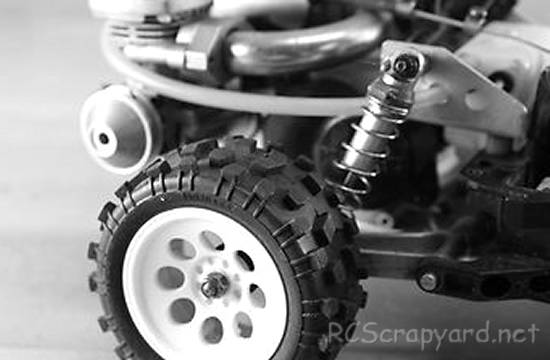
★ Kyosho Rough Road 10 Engine Series - Chassis ★
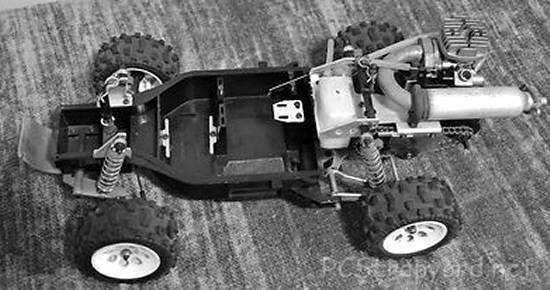
★ Kyosho Rough Road 10 Engine Series - Chassis ★
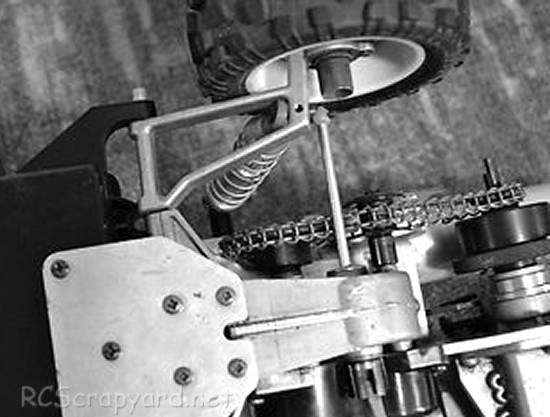
★ Kyosho Rough Road 10 Engine Series - Chassis ★
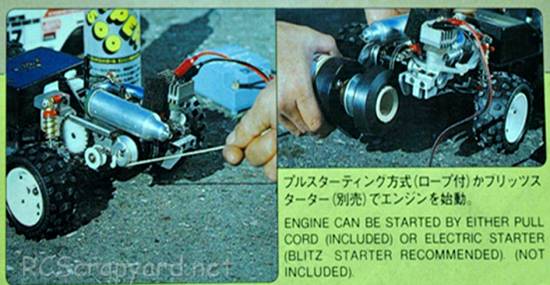
|
Buying a Used Kyosho Racing Pajero
|
|
Manufacturers and Brands Catalogued, Listed and Reviewed by RC-Scrapyard.
At present, the RC Model Manufacturers, Brands and Distributors covered by us are: ABC Hobby, Academy, Acme Racing, Agama Racing, Amewi, Ansmann Racing, ARRMA, Team Associated, Atomic RC, Axial, AYK, Bolink, BSD Racing, Capricorn, Carisma, Carson, Caster Racing, Cen, Corally, Custom Works, Durango, Duratrax, ECX - Electrix, Exceed RC, FG Modellsport, FS-Racing, FTX, Fujimi, Gmade, GS-Racing, Harm, HBX, Helion, Heng Long, Himoto Racing, Hirobo, Hitari, Hobao, Hong-Nor, Hot Bodies, HPI, HSP, Intech, Integy, Jamara, JQ Products, Kawada, Kyosho, Losi, LRP, Maisto, Mardave, Marui, Maverick, MCD Racing, Megatech, Mugen, New Bright, Nichimo, Nikko, Nkok, Ofna, Pro-Pulse, Protech, PTI, RC4WD, Redcat Racing, RJ-Speed, Robitronic, Schumacher, Seben, Serpent, Smartech, Sportwerks, Step-Up, Tamiya, Team-C Racing, Team Magic, Thunder Tiger, Tomy, Top Racing, Traxxas, Trinity, Tyco, Vaterra RC, Venom, VRX Racing, WLToys, X-Factory, Xmods, Xpress, Xray, XTM, Yankee RC, Yokomo, ZD Racing and Zipzaps. |
|
Hints, Tips and Information Rechargeable Batteries
|
|
Hints, Tips and Information
Sway Bars
On most forms of RC model cars, Sway Bars, also referred to as Stabilizers, Torsion Bars, or more commonly in some parts as Anti Roll Bars, are often nothing more than a short length of spring steel, clamped to the chassis or sometimes the gearbox of the car, extending out to the lower wishbones direct or connected to the wishbones using short adjustable or fixed length links and ball joints, depending on their position. |
|
RC Models:
|
Radio & Motors: |
Other
Accessories: |